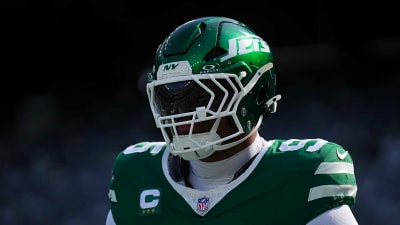For the past year there’s been a steady uptick of a new type of surfboard that has been turning heads and making waves. If you expected this to come from one of the big name legacy shapers, guess again—although that may change very soon. The thing is that, this isn’t just a new model, this is an entirely new construction—made drastically cleaner than what is typically associated with surfboards by using only wood, hemp cloth, EPS foam, cork, and a bio-resin—and the results are stunning.
The name is Verdure Surf, founded by Jack Candlish in New Zealand, and they’re quickly being adapted and validated by a wide array of surfers and shapers from around the world. Most recently, Jack teamed up with Santa Barbara alt-shape wizard Ryan Lovelace for models like his Willis Fish and Pedestrian Ship to be made with Verdure construction under the Lovemachine label. Dave Rastovich and Steph Gilmore have been huge fans. Steph even ordered one for Jack Johnson for his 50th birthday. Tom Curren has also been an early adopter and was seen ripping on his in El Salvador last year. In other words, they’re coming in hot.
Before any of those came Harrison Young, Australian surfer-shaper who’s living in New Zealand and has been working closely with Jack to further develop this new paradigm of surfboard building. Jack says, “I’ve spent the last 10 years trying to create the world’s most flexible surfboard because this allows you to store energy in the board through turns which allows you to go faster and reach different parts of the wave.”
To be honest, most surfers never even think about that. But when looked at this way, it makes perfect sense, “A stiff board is kind of like jumping off concrete, you can do it but you can’t jump very high. A flexible surfboard is like jumping off of a trampoline—the springs store the downward energy as potential energy. When they reach their limit, they spring back and launch you further into the air.” The trick is not having the flex lead to snap but it seems that the boys have got this dialed.
While Harrison is a soft-spoken cat, his surfing speaks volumes and he’s been going all in on the eco-friendly construction that, by the looks of how he surfs, doesn’t sacrifice a drop of performance. He adds, “This can be the difference of getting enough speed off of turns to clear sections. Or, for more advanced surfers, more spring and pop for higher airs or more acceleration through tight turns or big carves.”
I first met the duo at the Del Mar Boardroom Show and could see that there was a ton of interest by everyone from the casual passerby to the brass at Channel Islands. We talked briefly at the show and then had another chance to connect a few months back when the boys returned to California with some fresh new samples. While I can’t reveal everything about what boards they had with them, I can say it was astounding to see the progress and that there was one beautiful Lovemachine that made me really realize the potential for other brands to adopt the Verdure technology.
Jack said something along the lines of, “You know, when I first really started thinking about this 10 years ago, I had plenty of people tell me it’s not worth it unless you’re really in love with the idea. I gave it a lot of thought and ended up taking the leap of faith and just going for it. To look back now at everything that led to this, being here in California on our second visit with a trunk full of sample boards to share with the some of the most iconic shapers in the world, is pretty mental. We’ve been frothing.”
Are we going to see this sleek boards totally replace the petrochemical cocktail of foam, fiberglass, and resin? Probably not. Are we going to see more and more of these are breaks around the world? You can count on it.
More must-reads:
- Clemson HC Dabo Swinney fumes over college football officiating, calls for 'accountability'
- Kevin Durant, Draymond Green argue over Warriors' titles, and they're both right
- The 'World Series MVPs' quiz
Breaking News
Trending News
Customize Your Newsletter
 +
+
Get the latest news and rumors, customized to your favorite sports and teams. Emailed daily. Always free!








